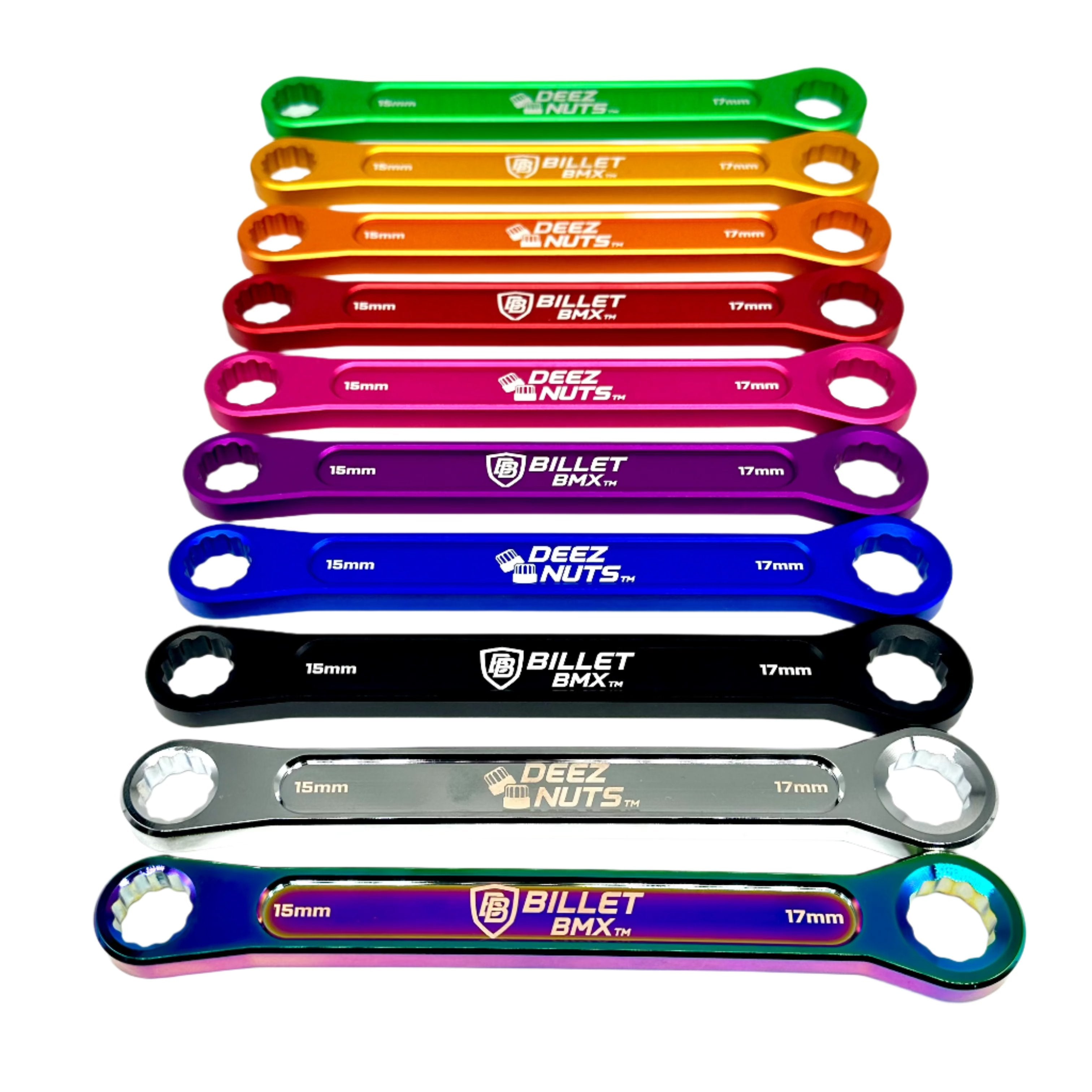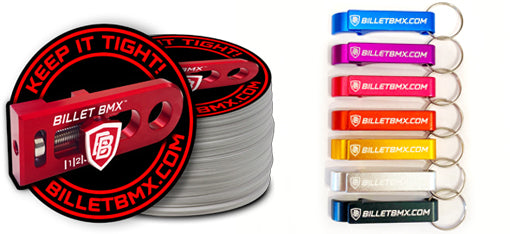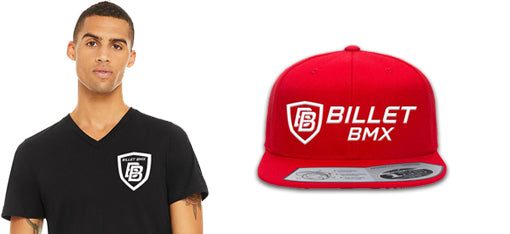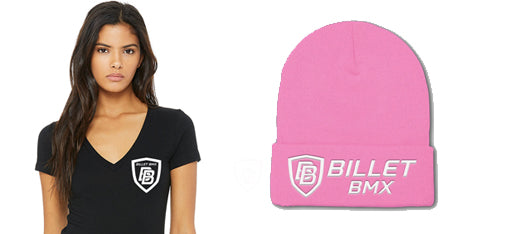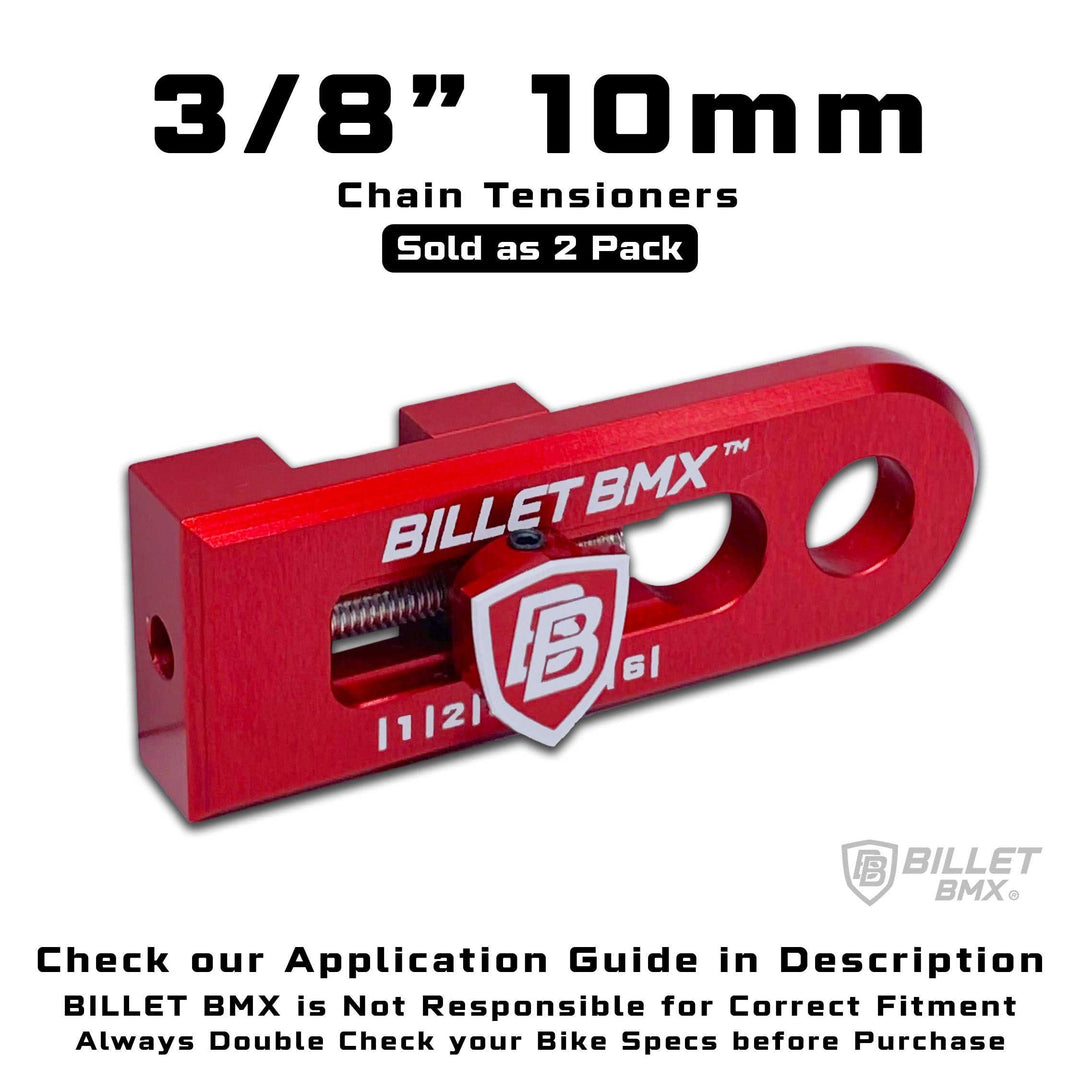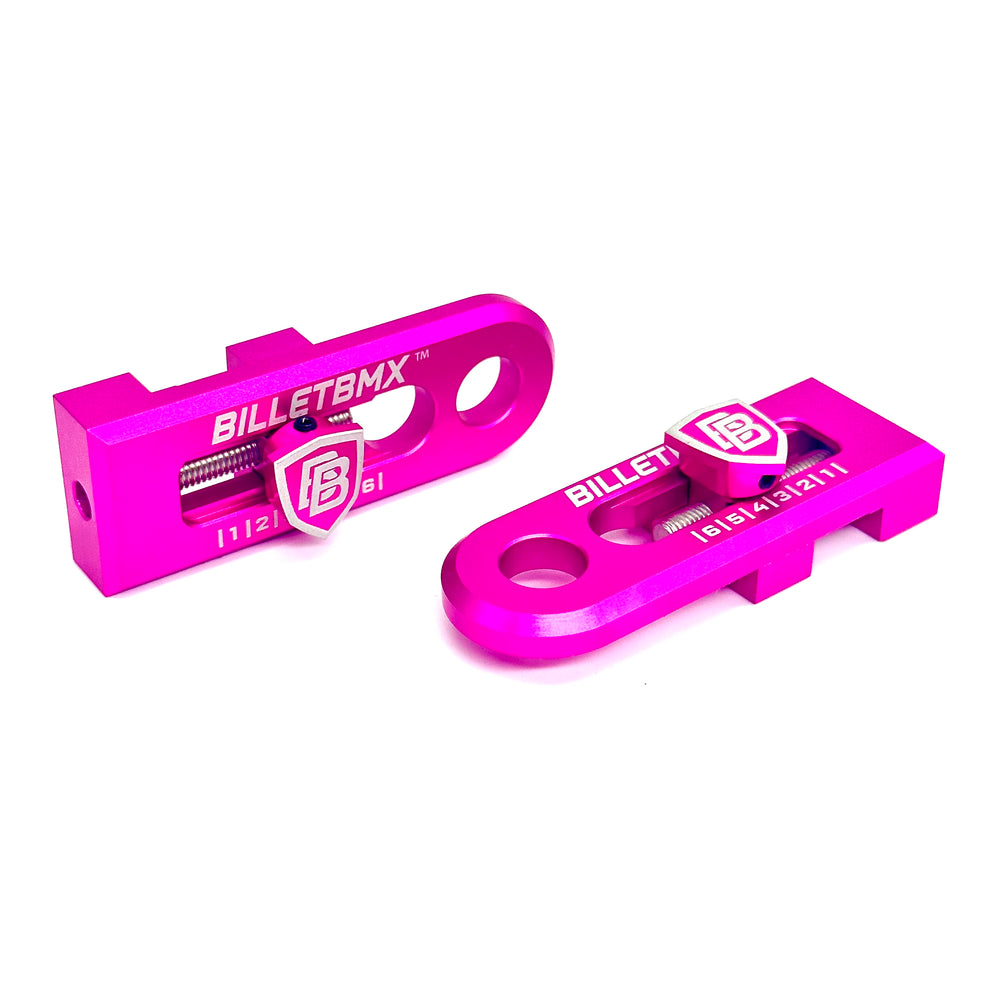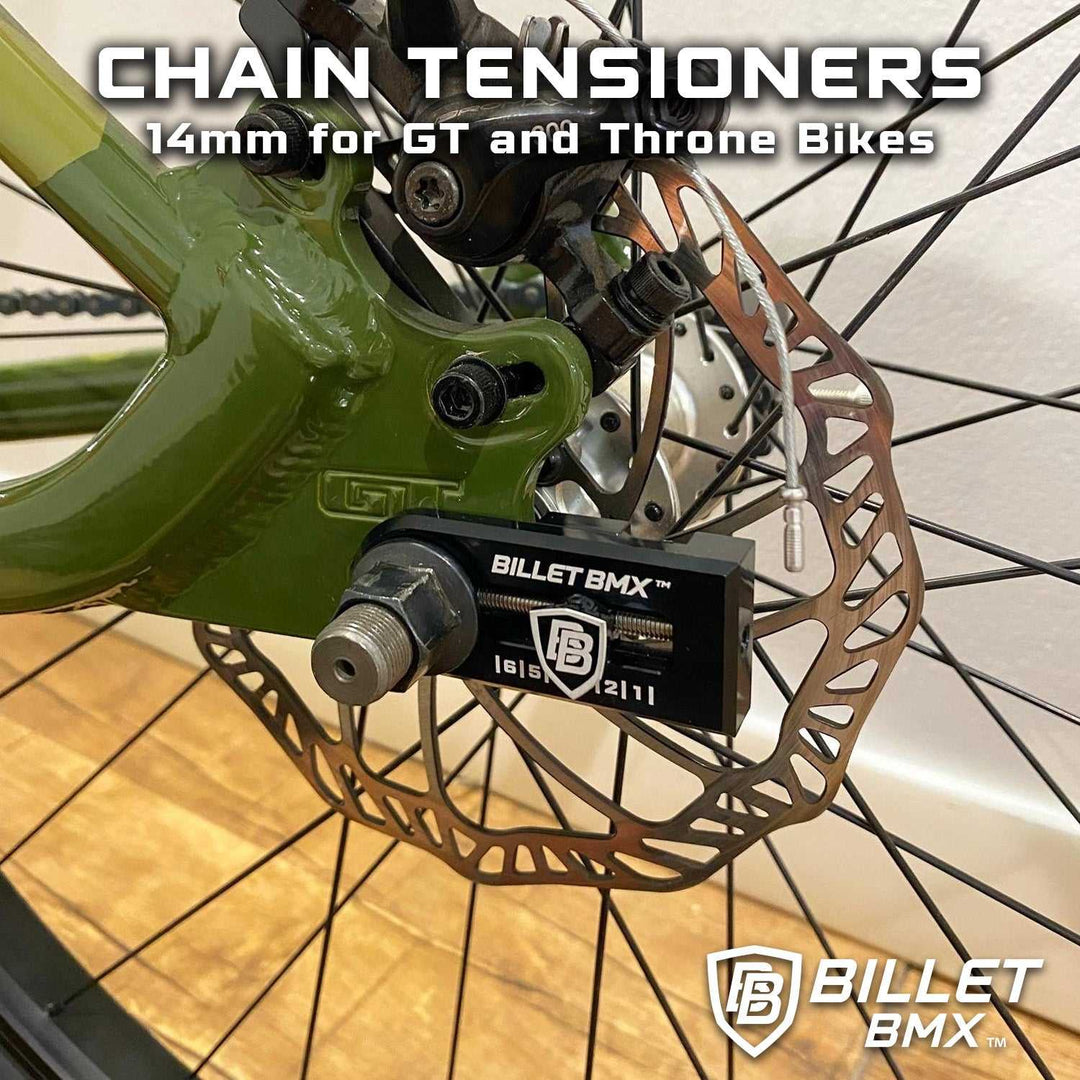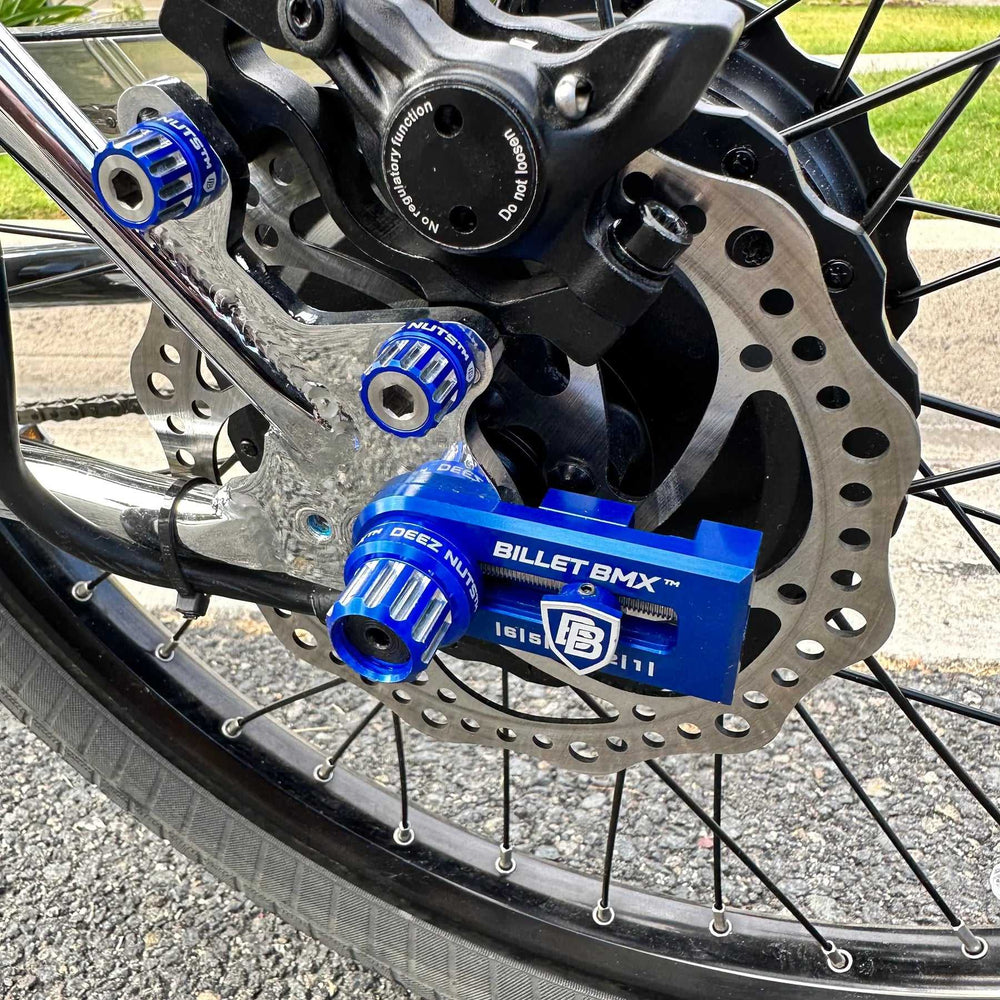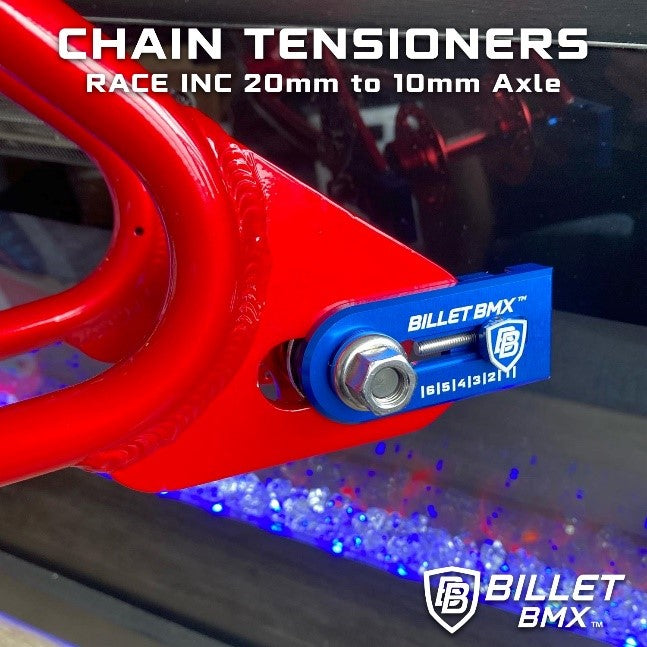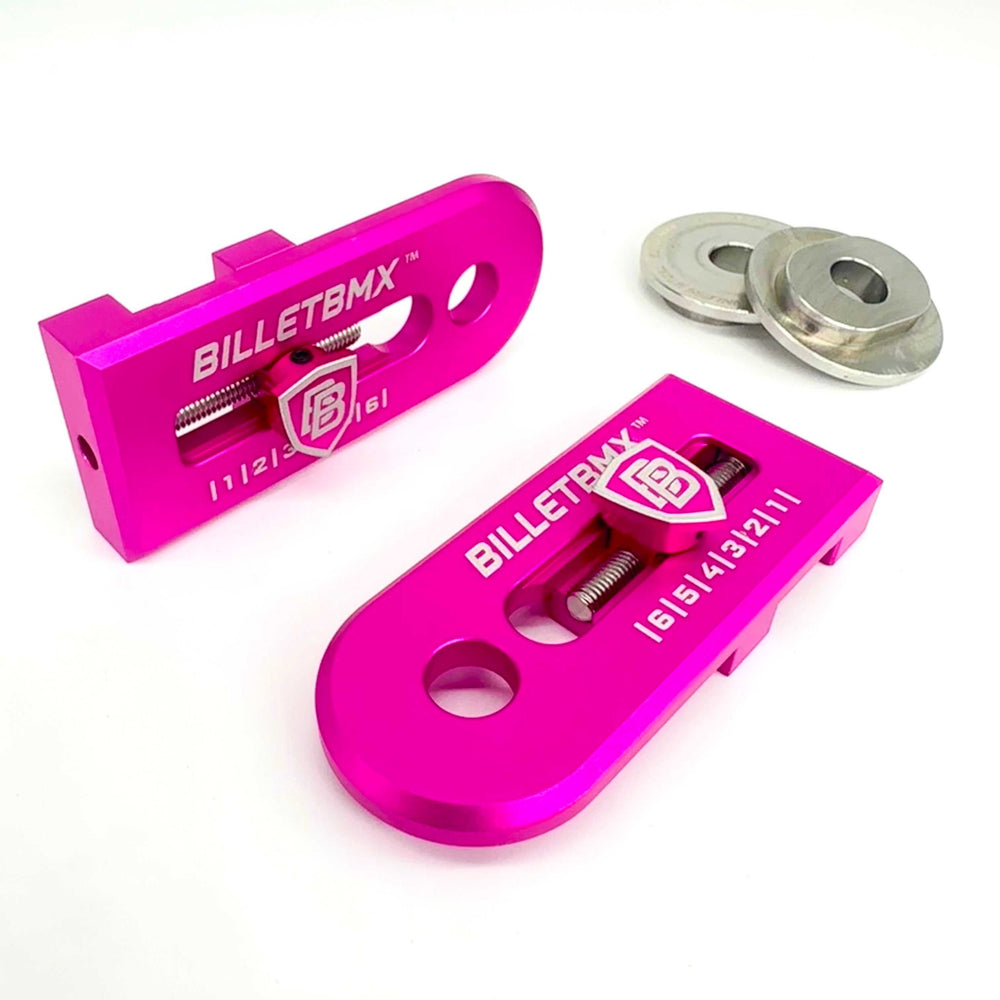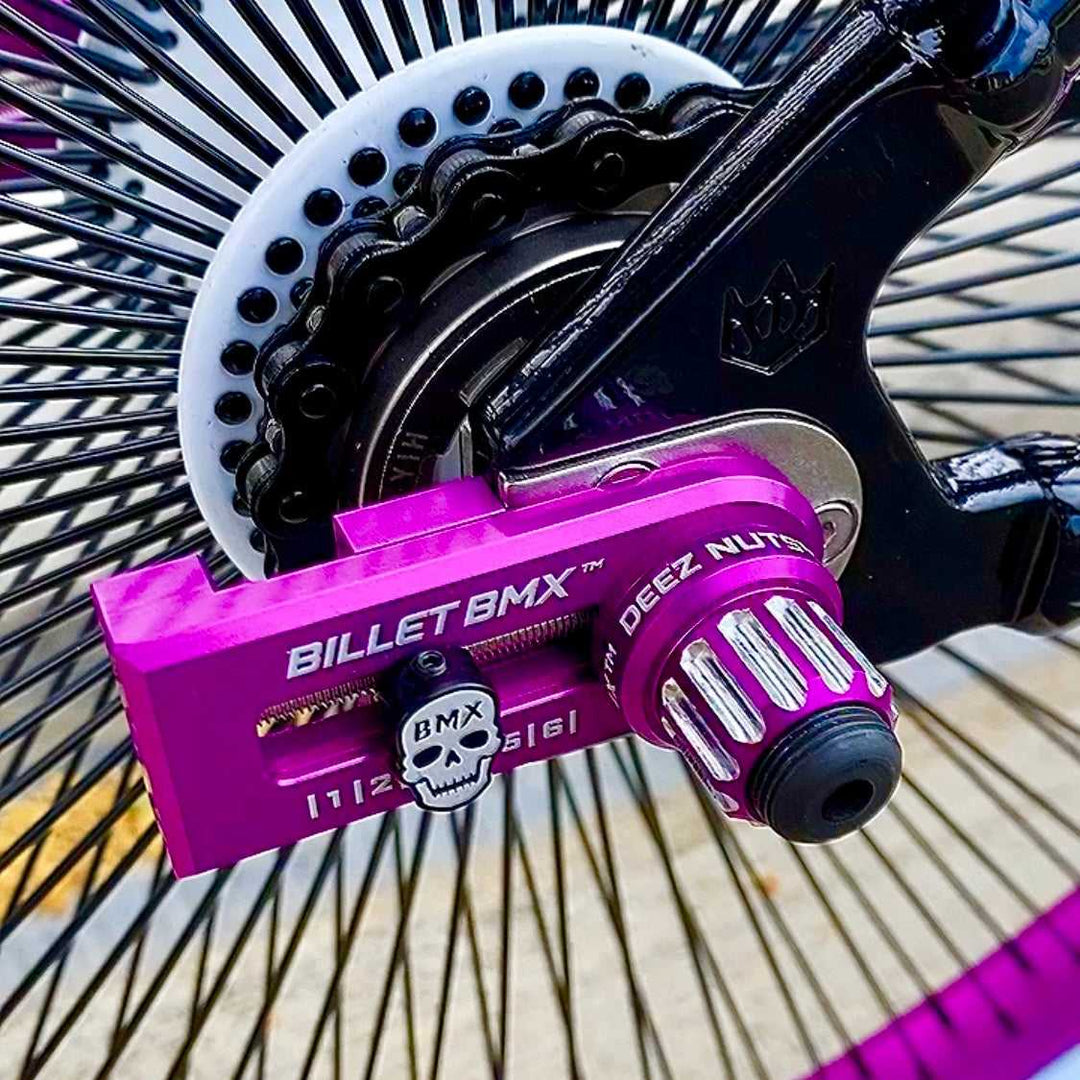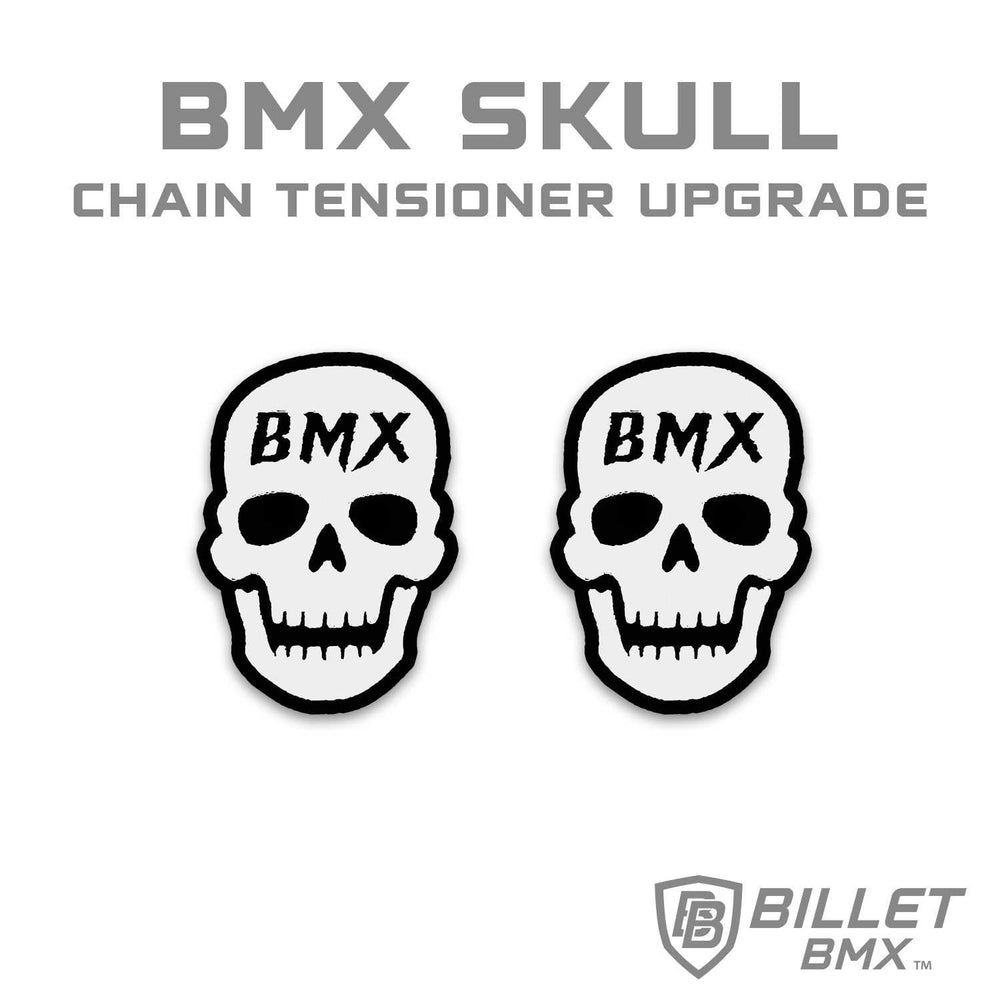Headset Spacers vs. No Spacers: What’s Best for Your BMX Bike?
When setting up a BMX bike, one small but crucial component that riders often overlook is the headset spacers. These small rings, typically made from aluminum, carbon fiber, or steel, play a significant role in your bike's handling, comfort, and performance. The decision to use headset spacers or go without them can impact your bike's front-end height, steering responsiveness, and overall ride quality.
In this guide, we will explore everything you need to know about headset spacers, their function, benefits, and whether you should ride with or without them.

What Are Headset Spacers?
Headset spacers are cylindrical rings that fit between the stem and the headset on a BMX bike. They help adjust the height of the handlebars and ensure a proper fit for the rider. These spacers are available in various sizes, usually ranging from 2mm to 20mm, allowing for precise height adjustments.
Materials Used in Headset Spacers
-
Aluminum Spacers: Lightweight, durable, and resistant to rust, aluminum spacers are the most common choice for BMX riders.
-
Carbon Fiber Spacers: Known for their lightweight properties, carbon fiber spacers add a sleek look while reducing weight.
-
Steel Spacers: Heavier but highly durable, steel spacers are great for riders who need extra strength in their setup.
-
Titanium Spacers: A premium option that offers a balance between lightweight design and strength.
The Function of Headset Spacers in BMX Bikes
Headset spacers serve two primary functions:
-
Adjusting Handlebar Height: By adding or removing spacers, riders can customize their handlebar height to match their preferred riding style.
-
Ensuring a Proper Fit: Spacers help fill the gap between the stem and headset, preventing unnecessary movement and improving bike stability.
Benefits of Using Headset Spacers
1. Customizing BMX Handlebar Height for Comfort
Different BMX riders have different preferences when it comes to BMX handlebar height. Some prefer a lower front end for better control, while others opt for a higher setup for added comfort. Headset spacers allow you to fine-tune your bar height to achieve the perfect fit.
2. Improved Bike Handling
Adding headset spacers can influence the responsiveness of your bike. A slightly raised handlebar provides better control, especially for riders who perform jumps and tricks. A lower setup, on the other hand, offers a more aggressive and responsive ride.
3. Better Weight Distribution
A well-balanced BMX setup ensures that weight is evenly distributed, preventing unnecessary strain on the rider’s arms and shoulders. By adjusting the stack height with spacers, riders can achieve a more comfortable and controlled riding posture.
4. Extending Headset and Bearing Life
Spacers help relieve pressure on the headset bearings, reducing wear and tear. Without spacers, the headset may experience excessive stress, leading to premature failure.
Riding Without Headset Spacers: Pros and Cons
Some BMX riders choose to eliminate spacers entirely, opting for a direct connection between the stem and the headset. This setup can provide a more aggressive riding feel but comes with certain trade-offs.
Pros of No Spacers
-
Lower Front-End Setup: Ideal for technical street riders who want precise control.
-
Sleeker Look: Many riders prefer the aesthetic of a clean, spacer-free cockpit.
-
Potentially Stronger Connection: Without spacers, there’s a more direct connection between the stem and headset, which may feel sturdier.
Cons of No Spacers
-
Limited Adjustability: Without spacers, there’s no way to fine-tune handlebar height.
-
Increased Stress on Headset Bearings: The absence of spacers can cause added pressure on the headset, leading to faster wear.
-
Less Comfort: A lower front end may not be comfortable for all riders, particularly for longer riding sessions.
How to Choose the Right Number of Headset Spacers
Selecting the correct number of headset spacers depends on your riding style, personal comfort, and bike geometry. Here’s a simple guide:
-
Street Riders: Prefer a lower handlebar position with minimal to no spacers.
-
Park Riders: Usually opt for a medium-height setup with a few spacers for better control.
-
Dirt and Trail Riders: Benefit from a slightly higher front end, using more spacers for added comfort and maneuverability.
How to Install Headset Spacers on Your BMX Bike
If you’re looking to add or remove headset spacers, follow these simple steps:
-
Loosen the Stem Bolts: Use an Allen key to slightly loosen the stem bolts.
-
Remove the Top Cap and Stem: Unscrew the top cap and carefully slide off the stem.
-
Adjust the Spacers: Add or remove spacers as needed to achieve the desired height.
-
Reinstall the Stem and Top Cap: Place the stem back over the spacers and tighten the top cap.
-
Align and Tighten the Stem Bolts: Ensure the handlebars are straight, then tighten the stem bolts evenly.
Conclusion: Should You Use Headset Spacers on Your BMX Bike?
The choice between headset spacers and a spacer-free setup ultimately comes down to personal preference and riding style. Spacers offer adjustability, improved comfort, and extended headset life, while removing them provides a sleeker, more aggressive feel.
For BMX riders seeking a balanced approach, using a moderate number of headset spacers is often the best option. Whether you ride street, park, or dirt, fine-tuning your handlebar height with spacers can make a noticeable difference in performance and comfort.
Explore high-quality headset spacers and BMX components with Billet BMX to upgrade your setup today!



